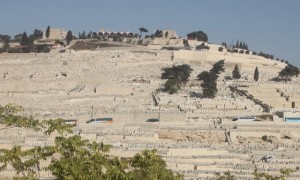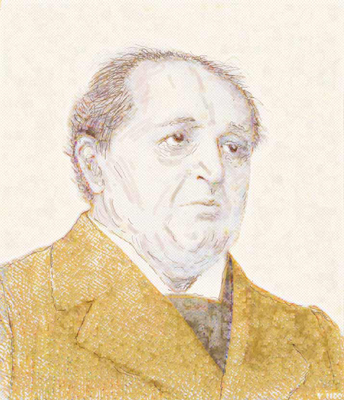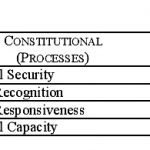God wil het! – XIV – Reizen in het spoor van de kruisvaarder
Jeruzalem: God wil het!
‘Jeruzalem sla uw ogen op en zie de bevrijder,
die uw boeien komt verbreken’ (Jesaja)
Vanuit de richting van Bethlehem trok het kruisleger door de heuvels van Judea naar Jeruzalem. Vanaf de Olijfberg keken ze neer op de muren en de heiligdommen van de oude stad, die net als in onze tijd verdeeld was in vier wijken: voor moslims, joden, Armeense christenen en Latijnse en orthodoxe christenen. De ongeveer vijfduizend christenen wonen tegenwoordig in de nabije omgeving van de Heilige-Grafkerk, de plaats waar Jezus zou zijn begraven na zijn kruisiging. Hier bevinden zich ook hun kerken, kloosters en pelgrimshuizen. De Franciscanen zijn de belangrijkste vertegenwoordigers van de Latijnse christenen en regelen hun zaken vanuit hun hoofdkwartier in het klooster van de Heilige Verlosser in de omgeving van de Jaffa poort. Met de Latijnen zijn de Grieks-Orthodoxen de meest dominant aanwezige christenen in het straatbeeld en in de wijk rond de Nieuwe poort bewoont hun kerkelijke elite de fraaiste huizen van de oude stad. Kleinere gemeenschappen zoals de Kopten, de Protestanten en de Ethiopiërs leven meer teruggetrokken in gebouwen die soms nog dateren uit de tijd van het vroegste christendom. De Ethiopische monniken wonen tussen de ruïnes van een door de kruisvaarders gebouwd klooster dat tegen de Heilige Grafkerk is aangebouwd. De Armenen namen aan het begin van de vierde eeuw als eersten het christendom aan en bewonen een van de grootste en ruimst opgezette wijken van de oude stad. Read more
Abraham Kuyper and his South African Brethren
A smile of satisfaction must have appeared on Abraham Kuyper’s broad face while reading the letter that he had just received. It came from distant South Africa, and communicated congratulations from the governors of the Paarl Gymnasium on the opening of the Vrije Universiteit three months previously.
‘Devoted as we are to pure Reformed doctrine’, wrote chairman S.J. du Toit, ‘even at this southern outpost of the world, it gives us reason to glorify God’s holy name for placing this doctrine on the lamp stand through your work’.
Pious and hearty words, to which Kuyper could not but say ‘amen’. Besides, S.J. du Toit was not just anybody. Despite his youthfulness – he was not yet 34 years old, ten years younger than Kuyper himself – he was an extremely influential man in South Africa: he was a clergyman and author, founder of the Genootskap van Regte Afrikaners (1875), editor in chief of Di Patriot (1876) and founder of the Afrikaner Bond (1879). Everything pointed to the Afrikaners taking the lead in South Africa in the course of the following years, under the powerful leadership of this front man for the population of Hollandsch-Afrikanen at the Cape Colony. Moreover, Du Toit was Reformed, an opponent to liberalism in the NGK and in society in general, and an advocate for Christian schooling. In the letter of congratulation from Du Toit, therefore, Kuyper could read a declaration of support from a brother, a kindred spirit and an ally. Read more




